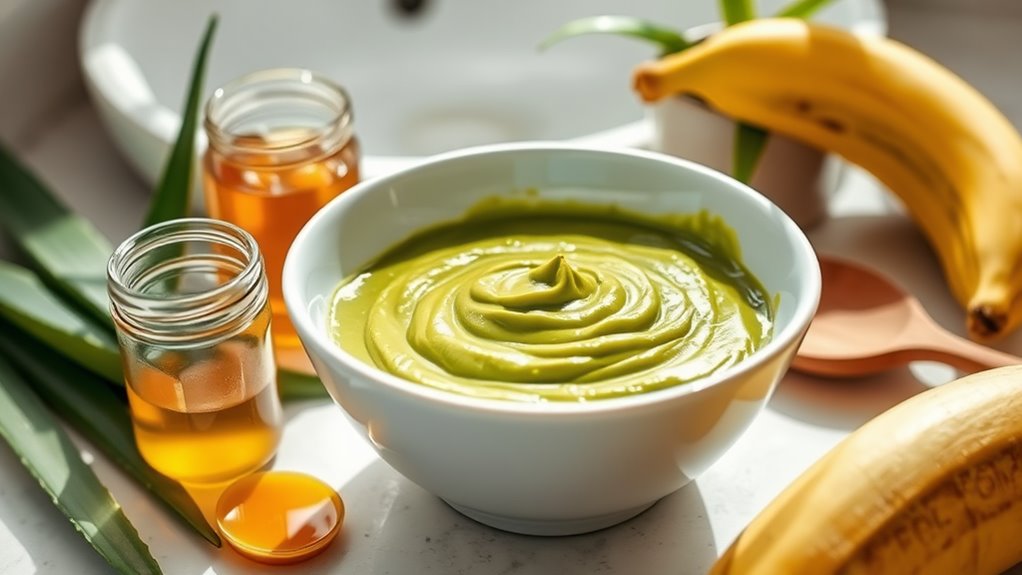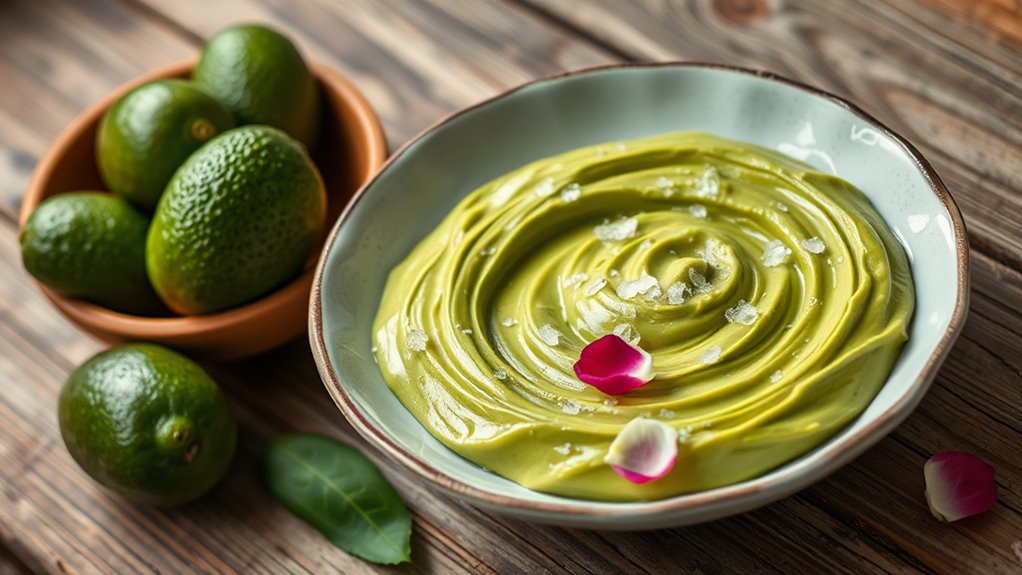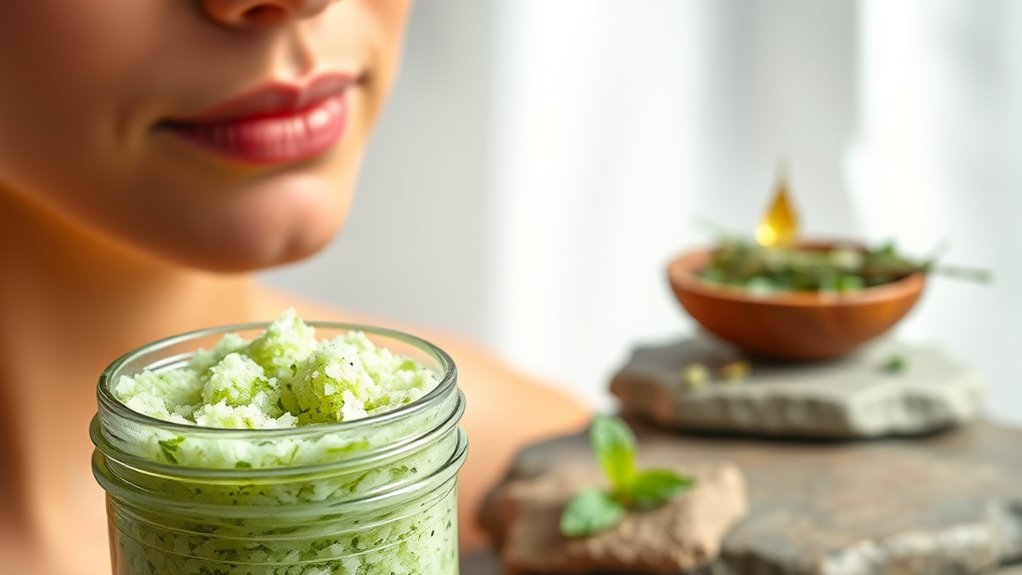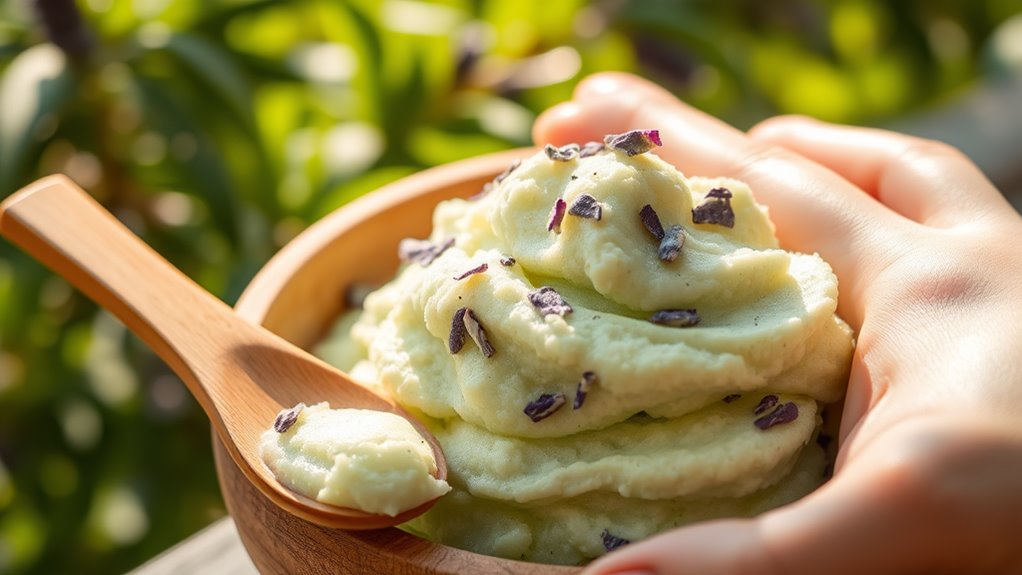How to Make a DIY Acne-Fighting Mask That Actually Works
If you’re struggling with acne, creating a DIY mask can be an effective solution. It’s essential to use the right ingredients that target breakouts without irritating your skin. This mask combines natural elements known for their acne-fighting properties. By following a straightforward process, you can customize it to suit your needs. Let’s explore what goes into this mask and how to apply it for the best results.
Essential Ingredients for Your Acne-Fighting Mask
When crafting your acne-fighting mask, choosing the right ingredients is crucial for effectiveness.
Look for potent elements like honey, known for its antibacterial properties, and tea tree oil, which can reduce inflammation.
Incorporate yogurt for its lactic acid, helping to exfoliate and unclog pores.
You might also consider using bentonite clay, which draws out impurities.
Green tea can provide antioxidant benefits, while lemon juice brightens and tones your skin. Additionally, using DIY face masks can enhance your skincare routine and help achieve glowing skin on a budget.
Step-by-Step Guide to Creating the Mask
Creating your acne-fighting mask involves a simple three-step process that anyone can follow. First, gather your chosen ingredients, like honey, yogurt, and tea tree oil. Measure out the appropriate amounts: two tablespoons of yogurt, one tablespoon of honey, and a few drops of tea tree oil. Next, combine these ingredients in a clean bowl. Mix thoroughly until you achieve a smooth consistency. Finally, apply the mixture evenly to your face, avoiding your eyes and mouth. Let the mask sit for about 15-20 minutes before rinsing it off with warm water. You’ve now created an effective acne-fighting mask! Additionally, incorporating ingredients like honey for glowing skin can enhance the overall results of your face mask.
Tips for Application and Customization
To get the most out of your acne-fighting mask, consider these essential tips for application and customization.
First, cleanse your face thoroughly to remove impurities and enhance absorption.
Apply a thin, even layer of the mask, focusing on affected areas without overdoing it.
Leave it on for the recommended time—usually 10 to 20 minutes—before rinsing with lukewarm water.
If your skin feels irritated, dilute the mask with a soothing ingredient like honey or yogurt.
For added benefits, customize your mask with essential oils or herbal extracts suited to your skin type.
Always patch-test new ingredients to avoid reactions. Additionally, be aware of common mistakes that can hinder the effectiveness of DIY face masks.





